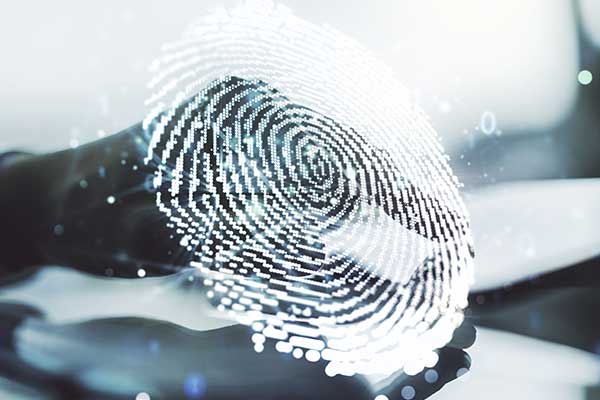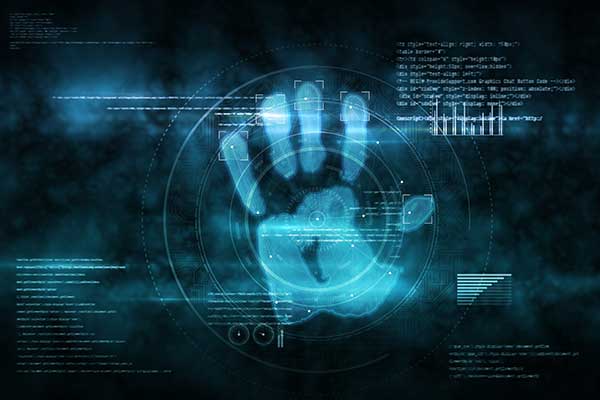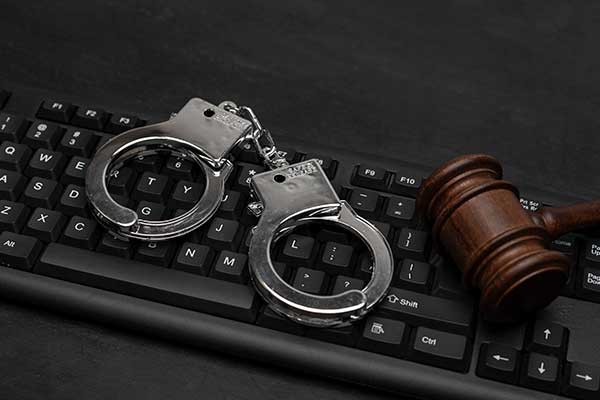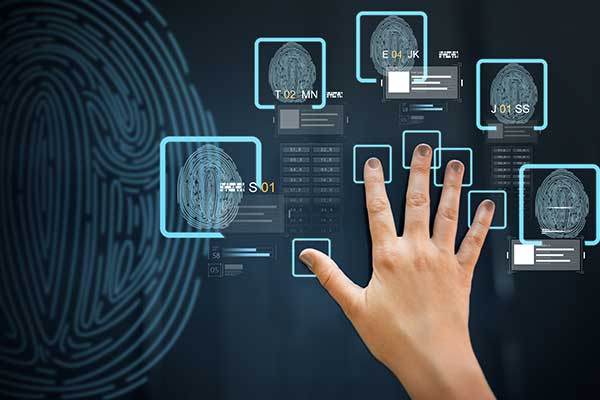Exploring the Use of
Biometric Technology in Policing
Biometric technology has become one of the most influential innovations in the law enforcement field over the course of the past few years. From improving citizens' safety to optimizing the identification procedures, biometrics are changing police and security services' work. This tool uses features such as fingerprints, facial structures and the iris of the eye to detect individuals and hence is a very useful instrument in the fight against crime and in the delivery of justice.


The Use of Biometrics
in Crime Fighting
Another advantage of using biometric technology is that it enhances the effectiveness of the identification process. This capability is important in combating crimes and in the process of investigation. For example, fingerprints database can immediately check the prints left at the crime scene with the prints of known criminals, which can take a lot of time in traditional investigation. For instance, facial recognition technology used in the public domain assists in identifying a suspect as they prepare to commit the crime, thus reducing criminal activities.
The Use of Biometrics in
Reducing Crime Rates
Biometric systems play a central role in the safety and security of the society in as much as they help the law enforcement agencies to track individuals with ease. Facial recognition cameras can identify and report the presence of threats in sensitive areas such as airports, stations, and other sensitive zones. It is useful in preventing possible terrorist incidents and other unlawful incidents thus creating a secure society for all.


Streamlining
Identification Processes
Traditional forms of authentication like ID card and password, are often easy subjects to theft and duplication. Hi-tech techniques such as fingerprints provide a more secured method of identification as they involve physical attributes of the person. This does not only improve security but also minimize the time taken when identifying people. In the case of stop and search operations, officers are capable of instantly scanning a suspect's fingerprints or face through the use of mobile biometric technology, thereby avoiding lengthy paperwork form completion and possibility of error.
